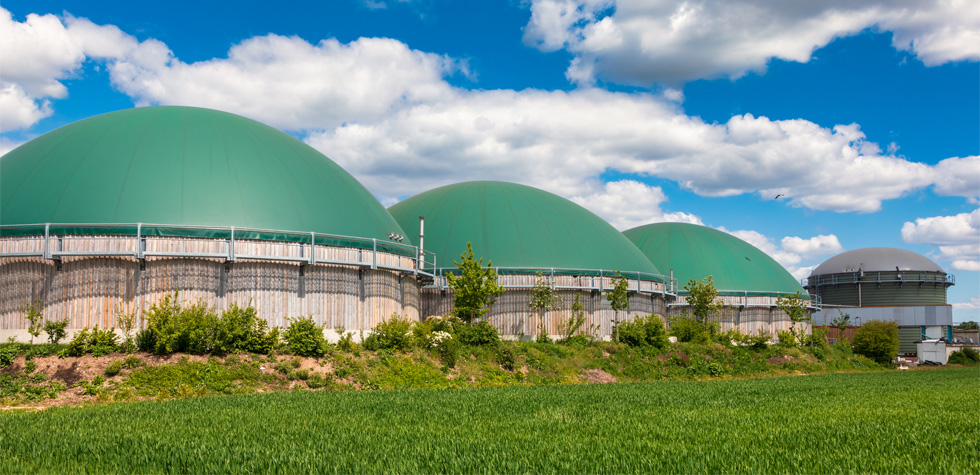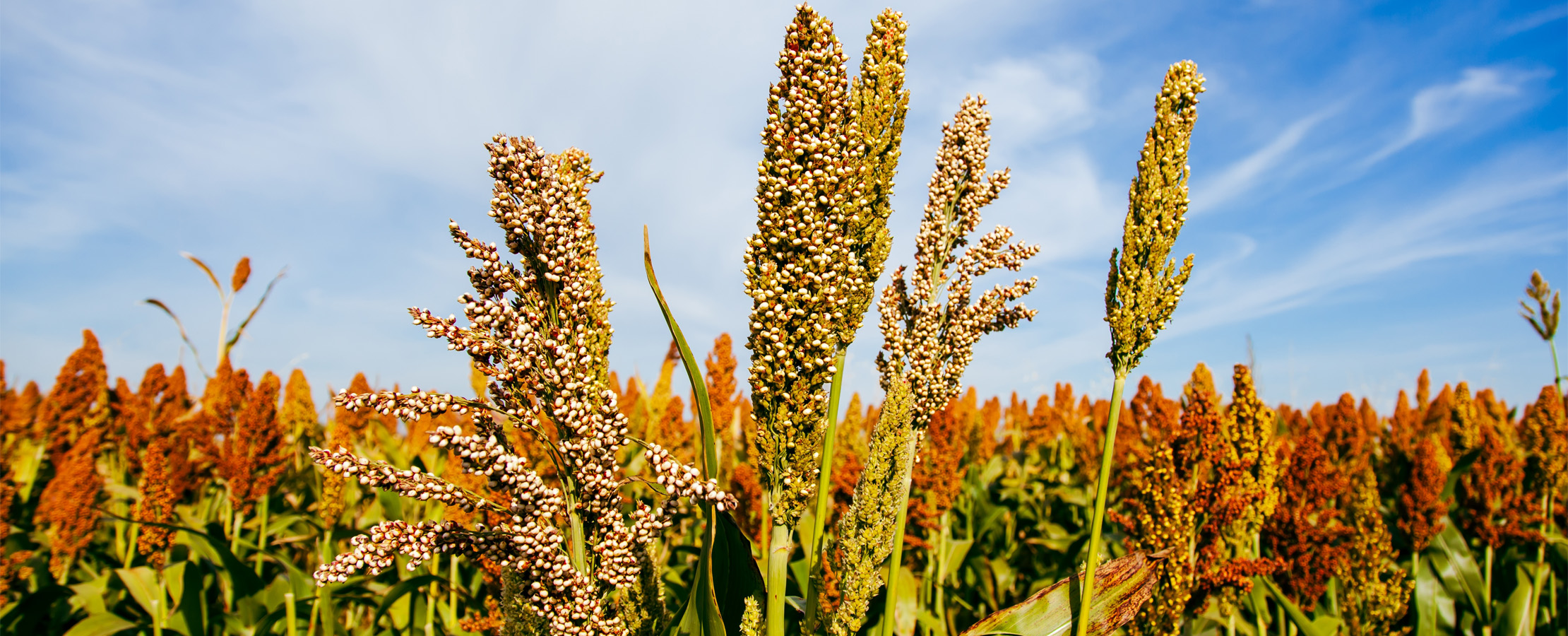Biofuels Should Play a Crucial Role in the Energy Transition, But They Need a Boost to Get There
Biofuel startups and technology grew massively in the 2000s and then failed in great numbers. Why is this renewable fuel making a comeback now?
Biofuels have been common in countries like the US and Brazil since the 1970s. It’s easy to see why – they can reduce emissions and provide a renewable fuel alternative in hard-to-abate sectors like aviation, shipping and other long-haul transportation, which will be difficult to electrify. They can also increase energy security, by reducing a country’s reliance on fossil fuel imports.
Despite these advantages, and a boom in interest in the early 2000s, biofuels have yet to live up to their potential. What's blocking their growth?
An evolving energy source
Biofuel production boomed at the start of the century, increasing sixfold between 2000 and 2010. This first generation of biofuels were made from crops grown on arable land (often corn, soybean and sugar cane) or vegetable oils and distilled and processed into usable fuel, most commonly ethanol or biodiesel.
Despite initial interest in this lower-carbon alternative, the cost of biofuels was prohibitive in some markets – needing subsidies to compete with fossil fuels. Concerns over the impact of first-generation fuels on food security, and the sustainable credentials of these fuels compared with other renewables, also hampered growth and shifted policy support to the creation of a new generation of biofuels.
Second generation, or 2G, biofuels derive their feedstock from waste products – e.g. cooking oil, sewage or non-commercial crop parts like rice husks – or crops grown on non-arable land to produce ethanol and biodiesels. This approach overcomes some of the issues around land use and competition for food products, but each feedstock poses unique technical challenges. Commercial production of these biofuels began in 2013, but so far adoption has been limited to the more mature biofuel markets.

3G, or the third generation of biofuel, refers to newer methods of making biofuel from algae. Algae is a uniquely strong base for biofuel because it is energy dense, quick growing and can be easily manipulated to improve output. This product is still relatively immature, with scientists working to optimize large-scale growth conditions while minimizing water use, improve oil extraction and make the production process commercially viable.
Accelerating growth to match demand
Demand for transport biofuels – including ethanol, biodiesel and sustainable aviation fuels – is predicted to grow 30% from 2023 to 2028 compared with the previous 5-year period – an increase of 38 billion liters.
But production is not currently matching demand, and more needs to be done to meet net-zero ambitions.
According to a 2023 IEA report, “Global biofuel growth through 2028 is running at less than half the rate needed to help achieve net zero emissions by mid-century based on current policies and market trends.” Furthermore, 80% of the market for biofuels is concentrated in locations – the US, Brazil, India and Europe – which together make up around 50% of the world’s transport fuel market. To have the desired impact, biofuels need to increase their market share in these areas and penetrate new markets.
The road ahead
For biofuels, especially second and third generation fuels, to play their crucial role in decarbonizing transport and other sectors, global cooperation and rapid investment is needed. Organizations like the Global Biofuel Alliance have an important role to play in facilitating knowledge sharing and international cooperation.
Mature biofuel markets – like Brazil, India and the United States – could act as policy blueprints for other countries. These countries' policies can be condensed into six pillars of action:
- defining long-term strategies;
- sending strong investment signals;
- supporting innovation;
- ensuring supplies are secure and affordable;
- addressing sustainability concerns early; and
- working with the international community.
Lowering the cost of biofuel production will be key and could involve measures, from minimizing capital expenditure by exploiting existing refinery infrastructure (co-processing) to finding cheaper feedstocks. Long-lasting government incentives will be necessary to attract investors, kickstart innovation and help unlock the potential of biofuels.







